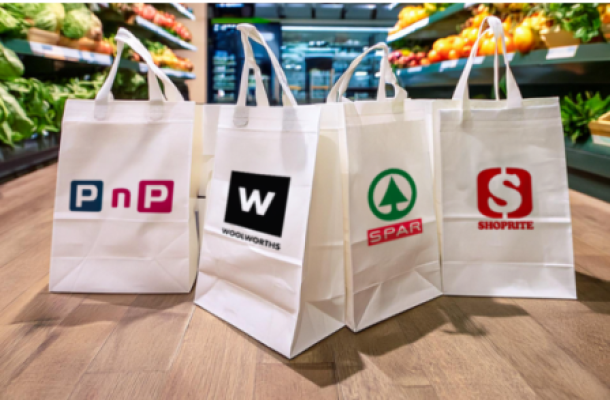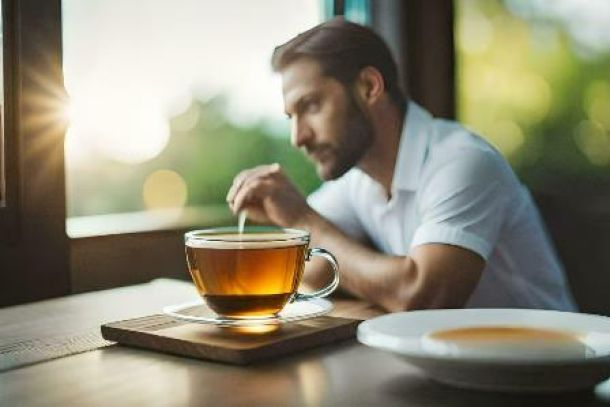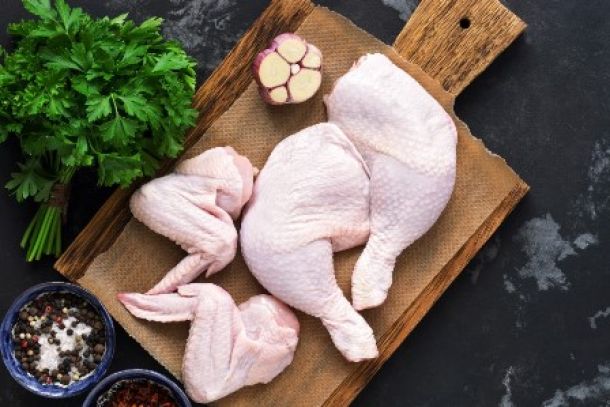When 100% is just 50%
The description on the pack may say "100% fruit juice blend" but the combination of "100%", the word ORANGE in large letters and the images of oranges is perceived by most consumers to mean that what is inside is 100% orange juice.
That's far from the truth, according to Cindy Hunlun, who investigated the content and health value of locally produced orange juice - for which she was awarded a doctorate in food science at Stellenbosch University last month.
She feels so strongly about it that she is recommending a change in legislation to protect consumers.
Most orange juice is made from concentrate, which is frozen and then sold to juice producers. Hunlun found that it has far less health value than a glass of freshly squeezed juice - lower phenolic levels and fewer antioxidants. The health value of orange juice made from frozen concentrate is diluted by the addition of other fruit juices, hence the word "blend".
The formulation of juice is determined by Department of Agriculture regulations, which allow for juice of a specific fruit type, such as orange, to be diluted by up to 50% with other fruit juices - typically apple, pear or grape or a combination - and still be sold as, for example, "100% orange juice blend".
"In the process this drink loses many of the healthy characteristics that consumers assume are part of the juice made from a specific kind of fruit," Hunlun said.
"Many juice formulations include only the minimum amount of orange juice allowed by law - 50% - possibly due to cost as well as the high acidity of citrus.
"So to make it sweeter they add other fruit juices. My recommendation would be to increase the minimum percentage of the named fruit to perhaps 80%.
"That would allow the juice manufacturers to achieve the desired acidity, while increasing the phytonutrient content that is specific to citrus fruit."
Hunlun investigated the chemical and phenolic content of three South African orange varieties - mandarin, navel and Valencia - in both Western and Eastern Cape over three seasons.
The antioxidant levels of Eastern Cape oranges were higher than those of Western Cape, making them more nutritious.
News Category
- International retailers
- On the move
- Awards and achievements
- Legislation
- Wine and liquor
- Africa
- Going green
- Supplier news
- Research tools
- Retailer trading results
- Supply chain
- Innovation and technology
- Economic factors
- Crime and security
- Store Openings
- Marketing and Promotions
- Social Responsibility
- Brand Press Office
Related Articles

Checkers Sixty60 wipes floor with Pick n Pay As...

Top tips for consumers to combat escalating ele...

Clear winner in South African retail battle

Drinks survey reveals Rooibos as a top choice a...


